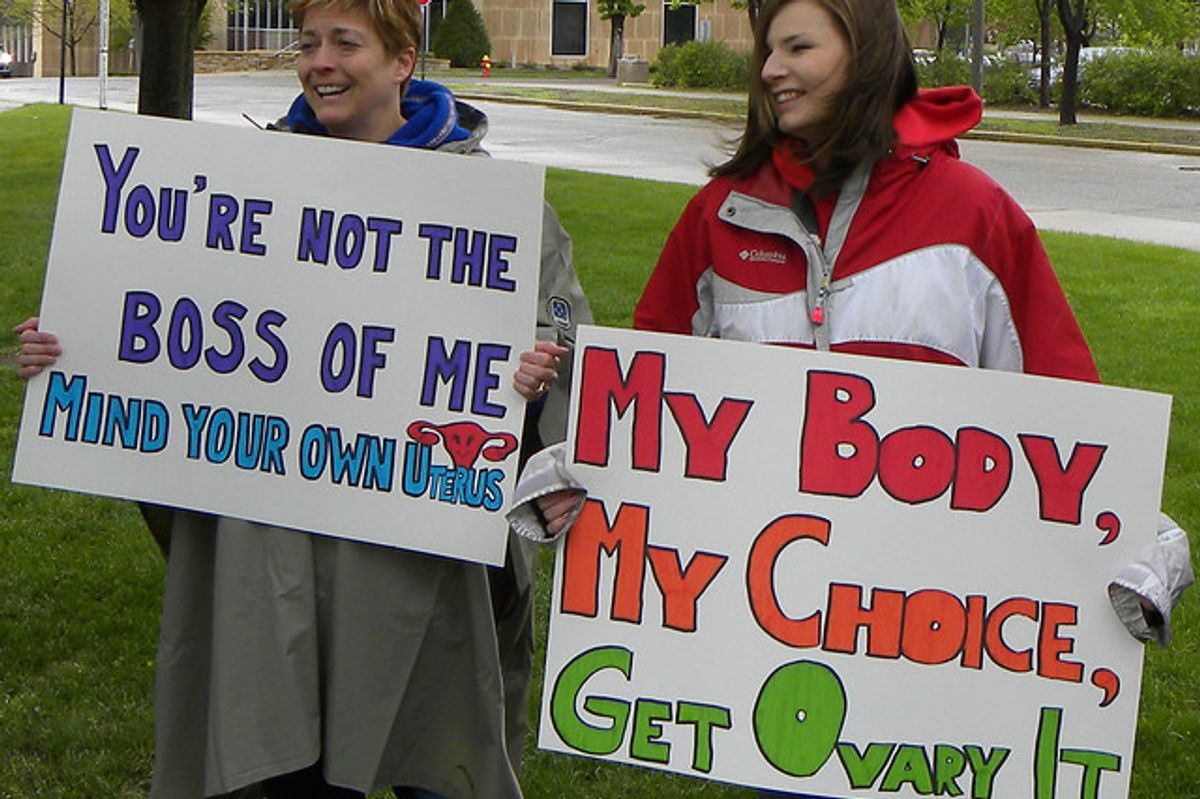
Reprinted with permission from DCReport.
After its disastrous response a year ago to Hurricane Maria in Puerto Rico, the Trump administration is making sure everyone knows that this time emergency supplies are in place before Hurricane Florence washes into beach towns in the Carolinas starting this afternoon (Thursday, Sept. 13).
There is something significant going on here, though it is not the story Team Trump’s publicity machine is busily selling to journalists. It’s a story of racism, plain and simple, and new interactive maps establish the factual basis for that judgment.

Network television correspondents, especially, have been all over the story of the advance preparations with, obviously, full cooperation from the Trump administration. Video galore show rows of pre-positioned big rigs, their trailers filled with bottled water, diapers, food, emergency medical supplies and electric generators.

Largely white coastal North Carolina is facing the full force of Hurricane Florence.
There are lots of images of military helicopters, too, being moved out of harm’s way at Fort Bragg, with officers in fatigues promising that the versatile aircraft will be back to help as soon as the storm winds abate, which may not be until the middle of next week.
Contrast this with Puerto Rico, where choppers were few, water scarce and the electric grid was not fully restored until Aug. 14 of this year. That’s 11 months after the storm swept the American island in the Caribbean. Can you imagine enduring 11 months without power?
While the official Maria death toll now totals almost 3,000, we’ll probably never know how many people died because millions of bottles of water sent to Puerto Rico were never distributed, as CBS News documented on Sept 12 when it uncovered the forgotten cache.

Latinos and African-Americans are a much larger presence in the Houston area.
The overall response was disorganized, as the Government Accountability Office, or GAO, as the investigative arm of Congress, documented this month.
Trump administration aid was so slow, limited and chaotic that many people died for no reason except official incompetence and disregard for the American people on that Caribbean island. After Maria passed over the island, Trump went, tossing paper towels to people in what seemed to us like a display of open contempt. The Atlantic Magazine mocked Trump’s language in calling that brief visit a “total disaster.”
So how to explain the difference in responses, one so poor that almost 3,000 people died in Puerto Rico, compared with Florence as it bears down on the Carolinas this week?
This week Trump called his administration’s response in Puerto Rico “an unsung success.” Earlier he said he deserved a grade of A for how well the Federal Emergency Management Agency and military reacted on his watch.

Puerto Rico, with a 99% Latino population, suffered huge casualties and a half-hearted recovery effort.
Given that about the same number of people died in Puerto Rico as on 9/11 and most of them in the aftermath, we’d give Trump a grade of F.
Now, as Hurricane Florence approaches, did the Trump administration suddenly develop an affinity for careful advance planning in natural disasters? Did Trump suddenly switch from binge-watching Fox News to a thoughtful management of our federal resources?
We think there is a clear, evidence-based answer, one that draws on Trump’s recent actions, decades of statements and how his administration also fumbled its response to Hurricane Harvey in Texas. That storm devastated Houston and surrounding Harris County a month before Maria struck Puerto Rico.
The difference is the ethnicity of the people affected. Considering Trump’s decades of racist remarks about people with skin darker than his own, that’s hardly a stretch, though it is awful to contemplate.
Let’s look at some of the evidence.
Thanks to interactive online maps created by Craig Gurian, a housing civil rights lawyer in New York, we can examine segregated America, at least in the 48 conterminous states. While Gurian created these maps to focus attention on housing bias, they can also be used to examine Trump’s conduct and the responses of his administration to large-scale natural disasters.
In the 2010 Census, three out of four Puerto Ricans self-identified as white, but 98.9% also self-identified as Latino or Hispanic. Spanish, not English, is the dominant language in this American commonwealth.
In contrast, as the maps with this report show, the Carolinas coastal counties are overwhelmingly white, and non-Latino. The darker the blue, the whiter the census tract. There also are very small African American populations, and English dominates.
In Harris County, Texas, where Hurricane Harvey hit, Gurian’s maps show the population is more than 40% Latino.
In that disaster blacks and Latinos were hit hardest, the Kaiser Family Foundation documented. How well did business, especially small businesses, fare in Harvey’s aftermath and how easily could firms get federal assistance? That federal disaster is documented here.
As the map with this report shows, while Puerto Rico is overwhelmingly Latino, the Carolinas coastal counties are overwhelmingly white and non-Latino. The darker the blue the whiter the county in the map below.
The maps were created by Gurian’s Anti-Discrimination Center. Its new page mapping housing segregation can be adjusted to look at data at the levels of states, counties and on down to the level of Census tracts.
If you click on the map, notice that there are three dots at the bottom center. They are for measuring the prevalence of whites, African-Americans and Latinos. Check out your county, neighborhood and those of others you know. It can be eye-opening.
As for natural disaster responses, the Trump administration has made it’s policy clear: White residents are worth rescuing. How about everyone else?


